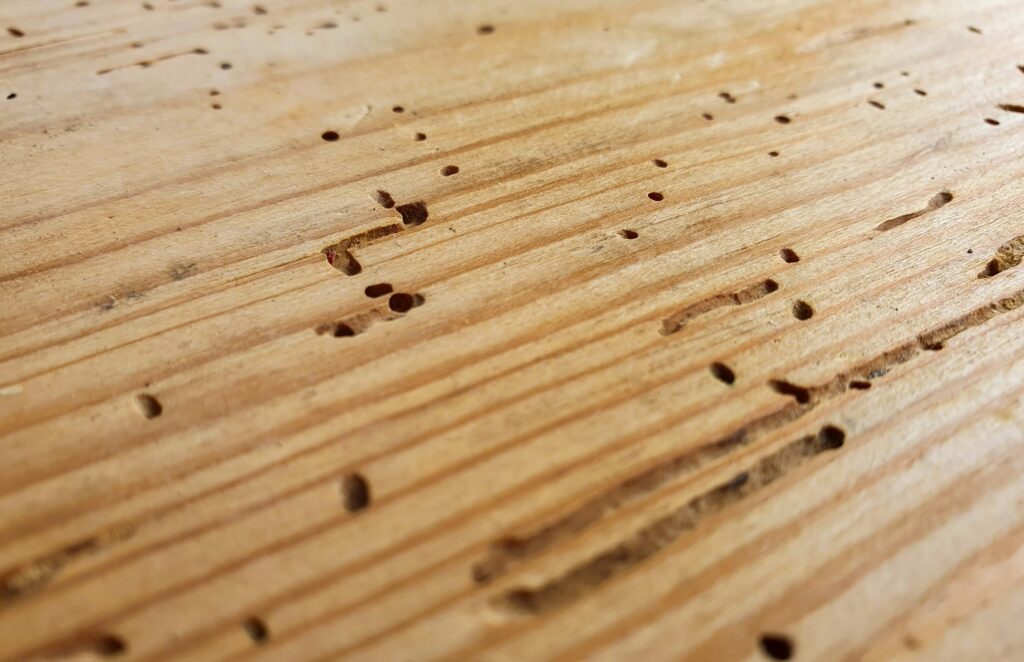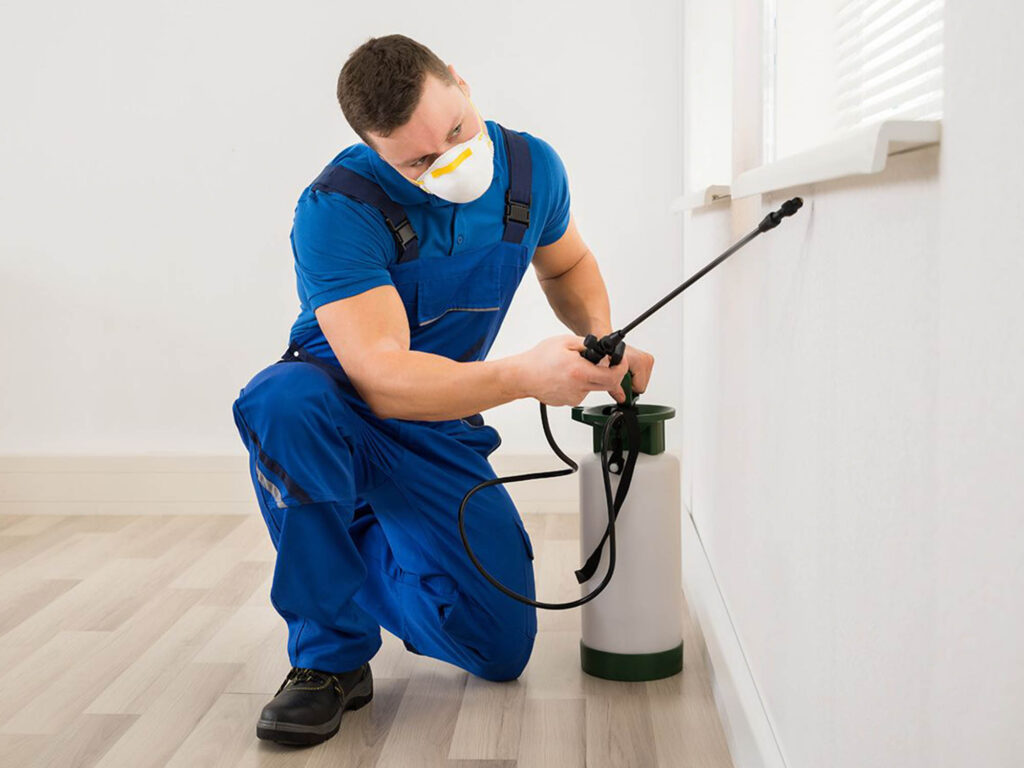What is Pest Inspection?
Australian Inspections is your trusted partner for comprehensive pest inspection services in Central NSW. With over a decade of experience in the building and inspection industry, we understand the importance of identifying and addressing pest infestations promptly to protect your property and preserve its value. Our pest inspection services are designed to provide property owners with peace of mind, knowing that their homes or buildings are free from damaging pests.


Pest inspection involves a thorough assessment of a property to identify the presence of pests such as termites, rodents, ants, cockroaches, and other common pests. Pests can cause extensive damage to buildings, compromising structural integrity, damaging woodwork, and posing health risks to occupants. A pest inspection is essential for detecting pest infestations early and implementing effective control measures to prevent further damage.
Our Pest Inspection Services
At Australian Inspections, we offer a comprehensive range of pest inspection services to meet the diverse needs of our clients:
Visual Inspection
Our experienced inspectors conduct a visual examination of the property, both interior and exterior, to identify signs of pest activity, such as droppings, gnaw marks, mud tubes, and nesting sites.
Termite Inspections
Termites are a common threat to properties in Central NSW, causing significant damage to wooden structures. Our termite inspections utilize specialized tools and techniques to detect termite activity and assess the extent of damage, if any.
Rodent and Insect Inspections
We also inspect for other common pests, including rodents, ants, cockroaches, and spiders, which can pose health risks and cause damage to property. Our inspectors identify pest entry points, nesting areas, and conducive conditions for infestation.
Comprehensive Reports
Following the inspection, we provide detailed reports outlining any pest infestations or conducive conditions found on the property. Our reports include recommendations for pest control and prevention measures to address the identified issues effectively.
Why is Pest Inspection Required in Central NSW?
Pest inspection is essential in Central NSW due to the region’s favorable climate and environmental conditions, which are conducive to pest activity. Termites, in particular, are a significant threat to properties in the area, as they thrive in warm, humid climates and can cause extensive damage to wooden structures. By investing in pest inspection services with Australian Inspections, property owners can detect and address pest infestations early, protecting their homes or buildings from costly damage and ensuring a safe and healthy environment for occupants.
Frequently Asked Questions About Pest Inspection
Who should consider getting a pest inspection?
Anyone who owns or manages a property, whether residential or commercial, should consider getting a pest inspection. This includes homeowners, landlords, property managers, real estate agents, and business owners.
How often should I schedule a pest inspection for my property?
The frequency of pest inspections depends on various factors such as location, climate, type of property, and previous pest history. However, it’s generally recommended to schedule an inspection annually to detect and address any potential pest issues early.
What types of pests are typically included in a pest inspection?
A pest inspection typically covers a wide range of pests commonly found in the area, including termites, ants, cockroaches, rodents, spiders, and more. The inspection may also include other pests specific to the region or property type.
Can I perform a pest inspection myself, or do I need to hire a professional?
While homeowners can conduct basic visual inspections for signs of pests, it’s recommended to hire a professional pest control company for a thorough and accurate inspection. Professionals have the training, expertise, and specialized equipment needed to detect hidden pest infestations and assess the extent of the problem.
What happens if pests are found during the inspection?
If pests are found during the inspection, the pest control company will provide recommendations for treatment and control measures to address the infestation. This may include chemical treatments, traps, baits, or other methods tailored to the specific type of pest and severity of the infestation.
